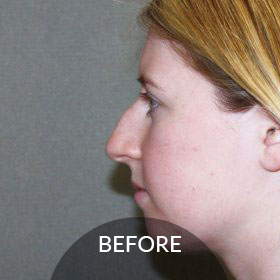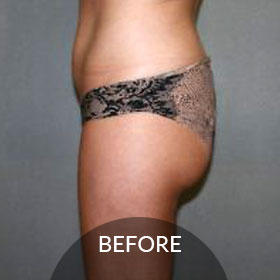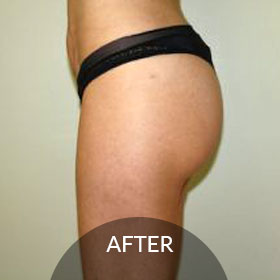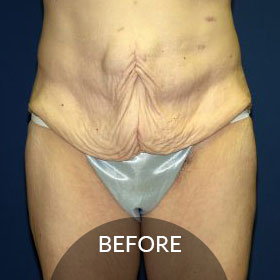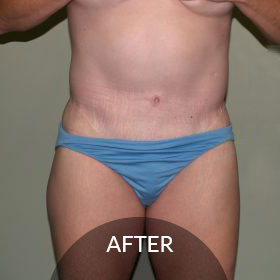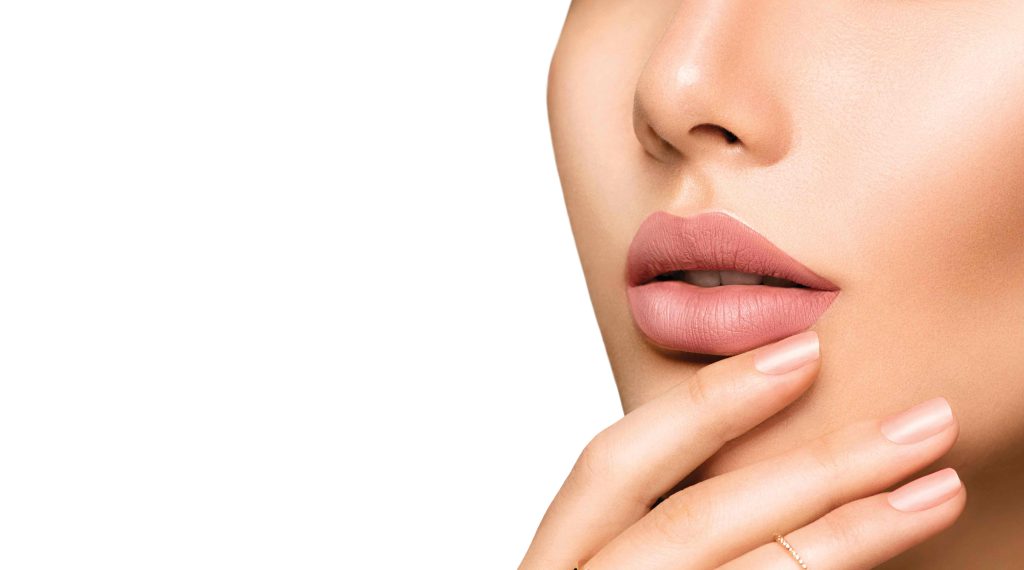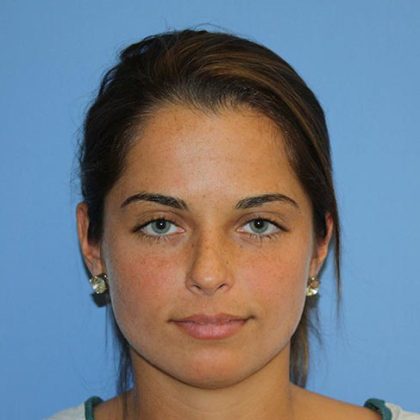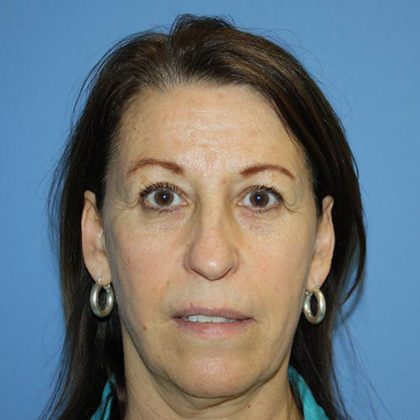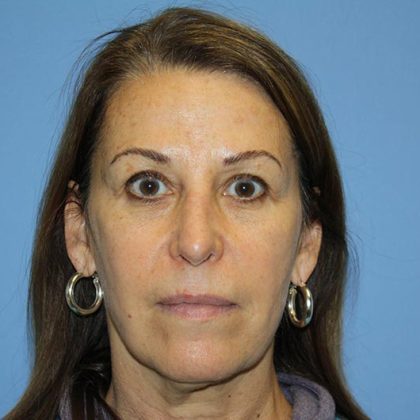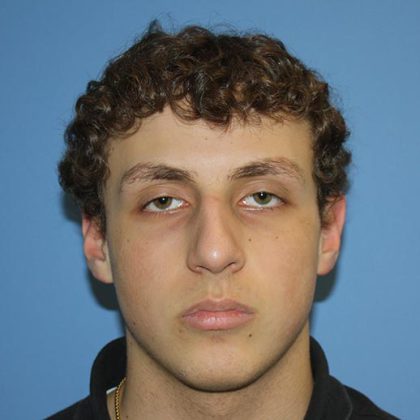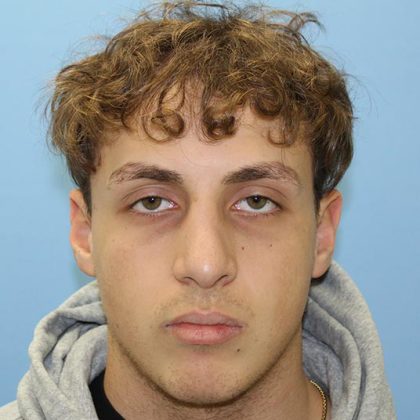A rhinoplasty procedure is a complex plastic surgery that requires detailed planning from both surgeon and patient. Gaining an attractive-looking nose is a dream for many patients, so the importance of following pre-and postoperative instructions cannot be overstated! That’s why Dr. Gregory Fedele is there for his patients throughout the entire process; from their initial consultation to the final follow-up appointment.
As with any surgical procedure, patients should expect some changes to their daily routine. With rhinoplasty, it’s important to prepare for your treatment date well ahead of time, and continue to follow directions for some time after the surgery itself. Dr. Fedele and his staff are on hand to answer your questions and ensure you are as informed and as comfortable as possible.
Experience the Art of Plastic Surgery with a rhinoplasty from board-certified plastic surgeon Dr. Fedele. To book a personal consultation to discuss the details of your treatment, please call (216) 464-1616 or contact us via our online form.
Before & After Photos
Before and After Photos
About Rhinoplasty
Many men and women undergo rhinoplasty every year to change the shape and size of their nose. In fact, in the United States alone, more than 200,000 rhinoplasties are performed every year. This makes it the third most performed plastic surgery in the country! (1) Patients may choose rhinoplasty to help them breathe more easily, or it can simply be an effective measure to create a more aesthetically pleasing nasal contour. However, what a lot of people don’t realize is that compared to other cosmetic procedures, rhinoplasty is far more delicate and challenging.
Modern rhinoplasty is a combination of surgical artistry and science. Good communication is therefore paramount to getting the best results, and the responsibility of both the patient and the surgeon. Patients should explain their desired expectations in detail. Similarly, the surgeon has a responsibility to educate the patient on the risks involved and counsel them regarding what to do before and after their surgery.
Visit our patient guidance page to find out more about what to expect from your initial consultation. You can also check out more information about Dr. Fedele and the surgical services he offers by reading his informative blog.
Preparing for a Rhinoplasty Procedure
Dr. Fedele provides detailed written instructions for all patients prior to their rhinoplasty procedure. These guidelines explain how to best prepare for your surgery.
Medications to Avoid
Four weeks before surgery, patients undergoing rhinoplasty should stop using certain medications. These include non-steroidal anti-inflammatory drugs, or NSAIDs, and certain herbal supplements. Many of these medications can cause excessive bleeding, interact with medications, or have anesthetic effects. Medications to avoid, including common brand names in parentheses, include:
- Aspirin
- Aspirin + Other Ingredients (Excedrin, Bufferin)
- Ibuprofen (Motrin, Advil)
- Naproxen (Alieve, Naprosyn)
- Omega-3 Fish Oils
- Ginkgo Biloba
- Ginseng
- Garlic
- Green Tea
- St. John’s Wort
- Vitamin E
Smoking
Nicotine can affect the body during and after surgery. It constricts blood vessels, which can impede healthy blood flow to the area of treatment. It can also increase the likelihood of scarring and wound healing problems. Nicotine use can prolong recovery and may lead to additional complications such as blood clots. This is backed by research showing that patients undergoing elective surgery who smoked had poorer postoperative outcomes. (2) Therefore, patients who smoke must cease smoking at least 4 weeks before surgery, and continue to avoid smoking 4 weeks after surgery.
Transportation & Safety
There will be some residual effects from the general anesthesia, so you will not be able to drive after you have had your rhinoplasty. Patients must arrange transportation to and from our office on the day of surgery. You should ask a close friend or family member for a ride, or arrange for them to accompany you if using a private transportation service. Dr. Fedele also strongly suggests asking a trusted person to stay with you at home for the first 24-hour period after surgery for your safety and comfort. We advise you to make these arrangements well in advance so there are no unexpected surprises on the big day.
Preparing Your Prescriptions
Dr. Fedele can arrange for your prescriptions to be ready for pickup before your day of surgery. Be sure to collect them from the pharmacist ahead of time. This will make it easier for you to go straight home and recuperate, and not have to make an inconvenient trip to the pharmacy after your procedure.
On the Day of Surgery
Surgery Duration
The average length of a rhinoplasty procedure is between 2 ½ and 3 ½ hours. However, patients should also be aware that they will spend between 1-2 hours in the recovery room before they are discharged. Make sure you know the time of your appointment and check with our staff to see how early you should arrive.
Managing Nausea
In the first 24-48 hours after your rhinoplasty, it is common to experience nausea from the anesthesia. However, if nausea and/or vomiting persists for more than 48 hours, please contact us. We will prescribe anti-nausea medication to relieve your symptoms if they continue for longer than expected.
Pain Medication Side Effects
Pain after rhinoplasty is controlled with medication. It is important to take this medication exactly as prescribed by Dr. Fedele. Please be aware that certain narcotic pain medications, along with the after-effects of general anesthesia, can cause constipation in some patients. If you are prone to constipation, we recommend an over-the-counter stool softener such as Colace to relieve these symptoms.
Splints and Dressings
Dr. Fedele will place a nasal splint to keep your nose in alignment and help mitigate swelling. It is vital that you do not disturb or attempt to remove the splint yourself, as any unnecessary movement or manipulation of the splint may adversely affect your results. As well as a splint, you will have secure steri-strips, which look like brown Band-Aids, in the area of treatment. It is extremely important you do not attempt to remove these yourself. Instead, wait for them to peel off naturally, or wait for your first postoperative follow-up appointment for their removal. Finally, Dr. Fedele will fit a gauze pad below the nostrils to help catch nasal drainage. It is common to have nasal oozing and drainage in the first 3-4 days following rhinoplasty. You may change the gauze as and when necessary in the days after your procedure.
Important Note: Any profuse bleeding from the nose that does not resolve in 5-10 minutes should be reported immediately to our office.
Postoperative Directions
Bruising and Swelling
Bruising and swelling are to be expected after a rhinoplasty, particularly around the lower eyelids. Though the bruising will dissipate in a few weeks, the swelling may persist. To reduce these symptoms, you may use a cold compress at suitable intervals. Ice packs wrapped with cloth, frozen peas, and ice-soaked washcloths all make excellent cold compresses. Place the compress over your eyes at suitable intervals in the first 24-48 hours after your rhinoplasty for cooling relief.
Postoperative Medications
We will prescribe pain relief and antibiotics after your rhinoplasty. Take your postoperative medications exactly as directed by Dr. Fedele. It is important to finish the course of antibiotics for optimal recovery, so don’t stop taking them too soon. If you stop antibiotics before you finish the course, you run the risk of bacteria developing resistance to it.
Bathing & Cleaning
With great care, patients may clean their nostrils using a Q-tip and peroxide. Hydrogen peroxide is a potent disinfectant, but after cleaning, patients should apply a topical antibiotic cream such as Neosporin or Bacitracin. Showering is permitted after two or three days. Please aim to keep the nasal splint dry. You can carefully wash your face using a clean washcloth, avoiding the treatment area.
Movement & Exercise
Avoid any overexertions of your body in the first week after surgery, particularly bending at the waist and lifting heavy objects. Any activity that causes you to strain should be avoided completely after your surgery, as bleeding may occur. You should start walking during the first two weeks after your surgery, but do not resume more strenuous exercise until at least 4 weeks have passed.
Important Note: Avoid forcefully blowing your nose for 3 weeks after your rhinoplasty, as this may negatively impact your results.
Alcohol Use
Alcoholic beverages may increase bleeding. You should avoid drinking any alcohol for up to two weeks post-rhinoplasty.
Important Note: Be sure to arrange a follow-up appointment with us within the first week. At this time, we may remove your splint and sutures.
When to Call Us
Please call us immediately if you are experiencing any of these symptoms:
- Profuse bleeding that does not stop after 5-10 minutes
- Vision problems (other than mild blurriness in the first 24 hours)
- Extreme eye pain (especially in only one eye)
- Fever, chills, or a “hot to the touch” sensation
- Significant redness in or around the treatment area
Important Note: If you have any questions or are unsure of your postoperative recovery, please call the office for instructions.
Cost of Rhinoplasty in Cleveland, OH
Rhinoplasty procedures vary in price according to the needs of the patient. Financing may be available for qualified candidates. To get in touch with us to book your initial rhinoplasty consultation with Dr. Fedele, please call our office at (216) 464-1616 or fill out an inquiry form.
FAQ
How do I sleep after a rhinoplasty?
Use pillows to elevate your head while sleeping in the first few weeks following your rhinoplasty procedure. This helps with nasal drainage and decreases swelling. The optimal position to sleep in is on your back.
When can I resume my normal daily activities after my rhinoplasty?
You should take great care in the initial few weeks after surgery. Rest at home and avoid any strenuous movement. You may take brief walks, but going to the gym and running should be postponed until at least 4 weeks have passed.
When Will My Rhinoplasty Swelling Go Down?
Bruising from a rhinoplasty usually subsides after a few weeks, however, faint swelling may persist for 6 months to a year post-treatment. Patients should understand that the final results from the rhinoplasty may not be seen until this amount of time has passed.
How Do I Deal With an Itchy Nose After My Rhinoplasty?
You can clean your nose carefully with a Q-tip and peroxide, which may relieve itching. To help with nasal dryness and crusting, you can apply a saline nasal spray 3-4 times a day.
References
- Fichman, M., & Piedra Buena, I. T. (2020). Rhinoplasty. PubMed; StatPearls Publishing. https://www.ncbi.nlm.nih.gov/books/NBK558970/
- Yoshikawa, R., & Katada, J. (2019). Effects of active smoking on postoperative outcomes in hospitalized patients undergoing elective surgery: a retrospective analysis of an administrative claims database in Japan. BMJ Open, 9(10), e029913. https://doi.org/10.1136/bmjopen-2019-029913




